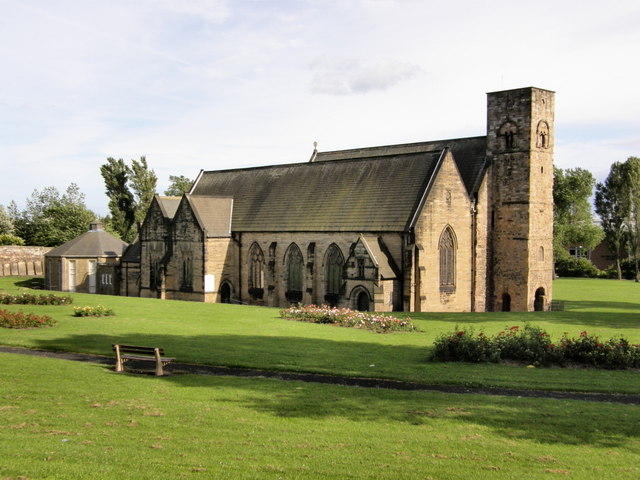Monkwearmouth

Monkwearmouth, located in modern-day Sunderland, England, holds significant importance in Christian history, particularly during the Anglo-Saxon period. Its Christian legacy is deeply tied to the establishment of the Monkwearmouth-Jarrow Abbey, a dual monastery that played a pivotal role in the spread of Christianity and learning across Anglo-Saxon England.
The history of Monkwearmouth as a Christian center began in 674 AD when Benedict Biscop, a Northumbrian nobleman, founded the Monastery of St. Peter at Monkwearmouth. Biscop had traveled extensively through Europe, visiting Rome several times, and was deeply inspired by the monastic practices and architectural styles he encountered. Upon returning to Northumbria, he sought to establish a monastery that would reflect the best of Roman Christian traditions. He received land from King Ecgfrith of Northumbria, and with the help of masons and glaziers brought from Gaul, he built a stone church, an architectural marvel for its time, reflecting Romanesque influence in its design.
Benedict Biscop’s vision extended beyond architecture; he was passionate about creating a center of learning. He amassed a large collection of books and relics during his travels, establishing one of the most important libraries in Anglo-Saxon England. This library became the foundation for the intellectual life at the monastery, attracting scholars and monks from across the region. The most famous of these was the Venerable Bede, who joined the monastery at Monkwearmouth at the age of seven.
Bede, often referred to as the “Father of English History,” was educated at Monkwearmouth and its sister site, Jarrow. His works, including the Ecclesiastical History of the English People, are invaluable sources for understanding early English Christianity and the broader history of the Anglo-Saxon period. Bede’s writings reflect the scholarly environment fostered at Monkwearmouth, which emphasized not only religious devotion but also intellectual inquiry and education.
The monastery also became a center for art and culture, producing manuscripts and engaging in the creation of religious art. Monkwearmouth’s influence extended well beyond its physical location, as it played a critical role in the Christianization of the North of England and the preservation of Christian knowledge and heritage during a period of great change and uncertainty. Today, the remains of the monastery stand as a testament to its enduring legacy in the history of Christianity in England.
